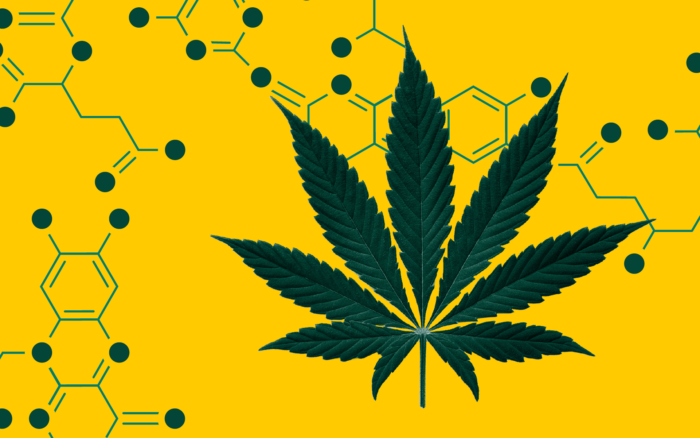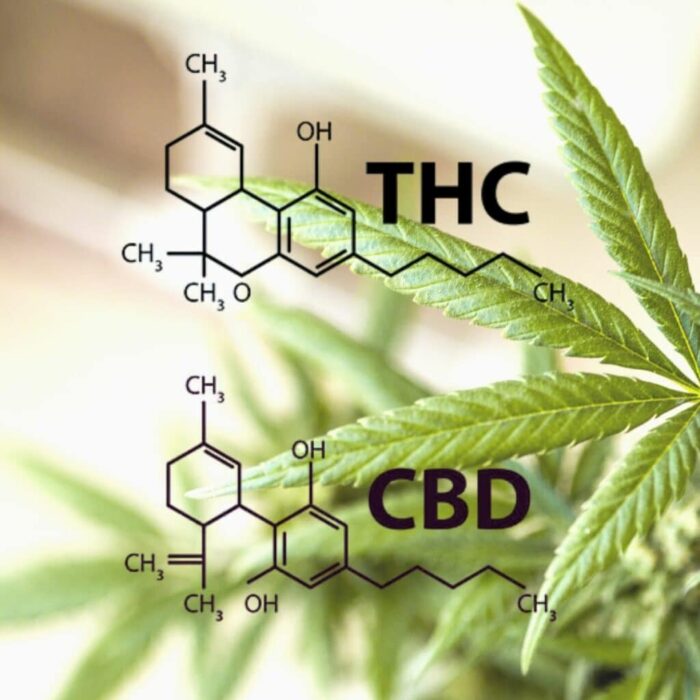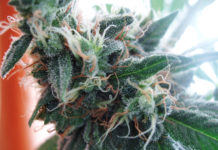
Cannabis has been at the forefront of one of the most exciting and fast-paced areas of scientific research. Beyond the widely recognized THC and CBD, there exists a plethora of lesser-known cannabinoids, each with unique structures, effects, and legal standings. Among these, HHC, HHCP, THCP, HHCH, and THCH stand out due to their distinctive properties and the growing interest they generate.
Understanding Cannabinoids and Their Complexities
Cannabinoids are a class of diverse chemical compounds that act on cannabinoid receptors in cells that alter neurotransmitter release in the brain. These substances are not only crucial for the medicinal and therapeutic effects of cannabis but also for understanding how cannabis interacts with the human body. As research deepens, the nuances of cannabinoids such as HHC, HHCP, THCP, HHCH, and THCH are beginning to unfold.
HHC (Hexahydrocannabinol)

Structure & Origin: HHC is a semi-synthetic cannabinoid derived from THC. It involves the addition of hydrogen atoms to THC, a process known as hydrogenation, which changes its molecular structure and consequently, its affinity and reaction with the body’s cannabinoid receptors.
Effects: Anecdotal evidence suggests that HHC offers a comparable yet distinct experience to THC. Its effects can include euphoria, altered visual and auditory perception, and heightened sensory experiences. However, these are often reported to be less intense and more manageable, with a longer duration than its more famous cousin, THC.
Legality: The legal status of HHC is complicated. In jurisdictions where THC is illegal, HHC often occupies a gray area due to its synthetic derivation. It’s not scheduled under the UN Single Convention on Narcotic Drugs or explicitly outlawed in many regions, making it de facto legal in some areas. However, laws are rapidly changing, and interpretations vary by region.
HHCP (Hexahydrocannabiphorol)
Structure & Origin: Similar to HHC, HHCP is synthesized from a cannabinoid known as THCP. It is a relatively new compound, and not much is known about its natural occurrence or abundance in cannabis plants.
Effects: The effects of HHCP are not well-documented due to its recent discovery. However, it is theorized that HHCP could have stronger effects than HHC due to the presence of the cannabiphorol chain, which may increase the compound’s binding affinity to the CB1 and CB2 receptors in the human body.
Legality: As with HHC, HHCP is not widely scheduled or regulated, largely due to its novelty and the lack of comprehensive understanding. It exists in a legal gray area where it might be sold legally under the guise of being substantially different from THC and other controlled cannabinoids.
THCP (Tetrahydrocannabiphorol)

Structure & Origin: THCP is a naturally occurring cannabinoid found in the cannabis plant, albeit in very low concentrations. It is structurally akin to THC, but with a longer side chain, which could play a significant role in its affinity for the cannabinoid receptors, possibly making it more potent than THC.
Effects: Early research suggests that THCP could have a binding affinity to CB1 receptors more than 30 times higher than THC, potentially making it much more potent. This heightened potency could translate into stronger psychoactive effects, as well as increased therapeutic possibilities. The implications for pain relief, appetite stimulation, and anxiety reduction are particularly promising, although this comes with the risk of more pronounced side effects.
Legality: The legal status of THCP is not clear-cut. While naturally occurring, its resemblance to THC may place it under similar legal restrictions in places where THC is controlled. The evolving landscape of cannabis law means that THCP’s legality could be subject to change as more is understood about its effects and prevalence.
THCH (Tetrahydrocannabihexol)
Structure & Origin: THCH is another naturally occurring cannabinoid found in the cannabis plant. It is distinct from THC and THCP and is characterized by a different alkyl side chain length.
Effects: THCH is still a subject of ongoing research, and its effects are not thoroughly understood. However, its structural similarity to THC suggests that it could have psychoactive properties. The nuances of these effects, including potential medical benefits, remain largely speculative but of considerable interest to the scientific community.
Legality: Due to its natural occurrence in cannabis and structural similarity to THC, THCH may fall under existing cannabis regulations. However, as with many cannabinoids outside of THC and CBD, explicit laws governing THCH are often non-existent or nascent.
HHCH (Hexahydrocannabihexol)
Structure & Origin: HHCH is the hydrogenated form of THCH, which, like HHC, does not naturally occur in significant quantities within the cannabis plant and is synthesized from THCH.
Effects: The effects of HHCH on the human body and mind are poorly understood, given the lack of comprehensive research. As with its counterparts, the modification of its structure from THCH suggests that its properties may vary, potentially offering a different array of effects, both psychoactive and therapeutic.
Legality: HHCH has largely flown under the radar in terms of legal classification, similar to HHC and HHCP. Its synthetic nature and scarcity of information mean that it has not yet been the focus of legislative bodies, making it legal by default in many regions.
The Evolving Landscape of Cannabinoid Research

The exploration into cannabinoids like HHC, HHCP, THCP, HHCH, and THCH is only in its infancy. With each new compound discovered or synthesized, a host of questions arises concerning its potential uses, effects, and legal status.
Implications for Medicine and Therapy
The therapeutic potential of these cannabinoids is immense. From possible applications in treating chronic pain to managing neurological disorders, the medical implications are vast and varied. As research progresses, we could see a renaissance in cannabinoid-based therapies that offer more targeted effects with fewer side effects compared to current treatments.
Legal and Regulatory Challenges
The legal ambiguity surrounding these novel cannabinoids presents challenges for regulators, law enforcement, healthcare providers, and consumers. As the cannabis industry evolves, so must the frameworks governing it. This requires a delicate balance between ensuring public safety and allowing for the advancement of scientific research and access to potentially life-changing therapies.
Future Directions
Substantial research efforts are needed to fully understand these cannabinoids. Clinical trials, epidemiological studies, and pharmacokinetic research will be essential in delineating the role each of these compounds can play in both a medical and recreational context.
Furthermore, public policy and law will need to adapt to the evolving understanding of these substances. This includes considering the nuances of each cannabinoid, the intricacies of their effects, and their potential benefits and risks.

Conclusion
In conclusion, the cannabinoids HHC, HHCP, THCP, HHCH, and THCH represent just a few of the myriad compounds found in cannabis that hold promise for a variety of applications. Their discovery and synthesis herald a new chapter in cannabinoid science, one that will require a concerted effort from researchers, medical professionals, and lawmakers to fully understand and regulate.
The world of cannabis research is vast and expanding, offering the potential for new breakthroughs in health and medicine. As we continue to unlock the secrets of these complex molecules, we must do so with caution, ensuring that we fully appreciate their effects and handle their integration into society responsibly.
For more information, including bulk and wholesale supply of HHC, HHCP, THCP, HHCH, THCH and others, visit Sotheros.
















